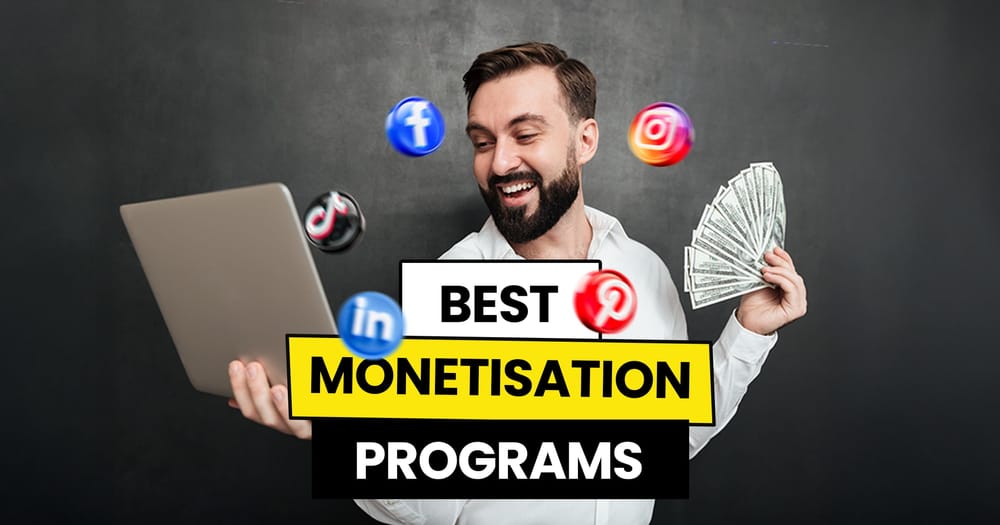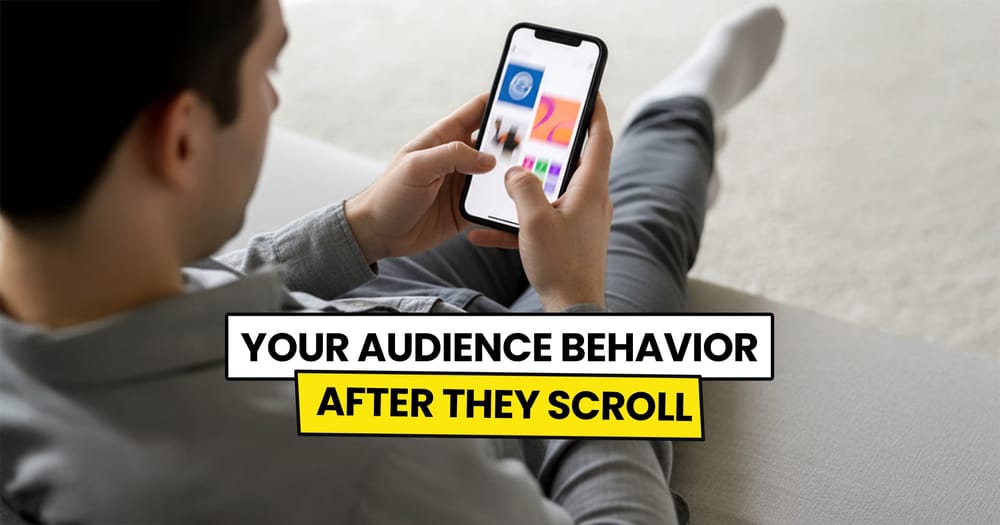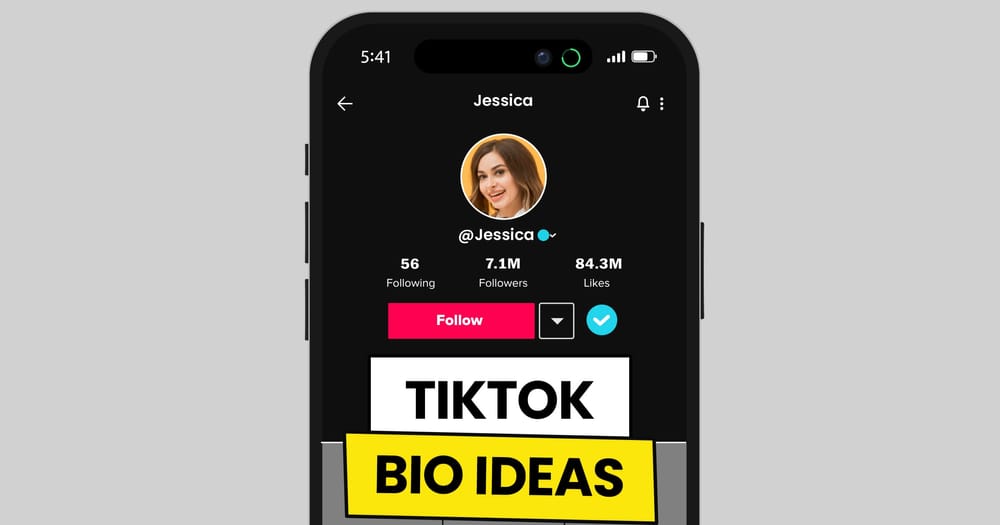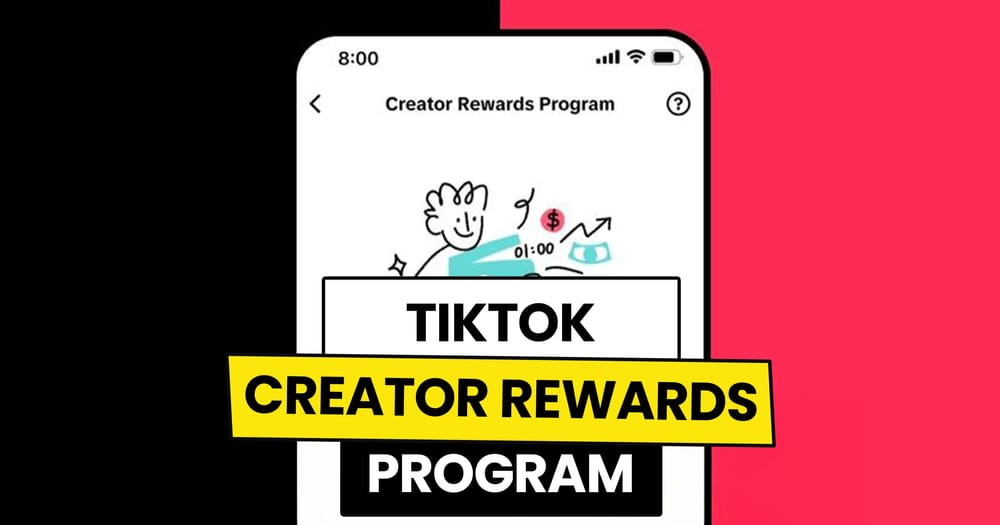Meta, like its competitors, is trying to encourage more creators to use its platform by introducing new ways to make money from their content. After Meta reduced payments from the Bonus Program for Reels, the Performance Bonus Program is shifting gears and focusing on Facebook feed posts.
By rewarding creators for their consistency and loyalty, Meta aims to improve the overall user experience and solidify its position as a top platform for dynamic content creation.
In this blog post, we will go over the good, the bad, and the ugly on how you can make money from Your Facebook posts. Let’s get started.
What’s The Meta Performance Bonus Program?
The Performance Bonus Program is an exclusive invite-only opportunity for Facebook creators. It lets them earn money based on how many people see and interact with their public Facebook posts, well all of their posts except Reels and Stories.
Creators receive invitations based on their activity and impact on the platform. To be eligible for potential earnings, creators need to share public posts that reach and engage a wide audience.
The Facebook bonus program is a targeted effort to reward and financially support creators who actively contribute valuable content to the platform and offer them a new stream of income.
What Are the Requirements to Join the Meta Bonus Program?
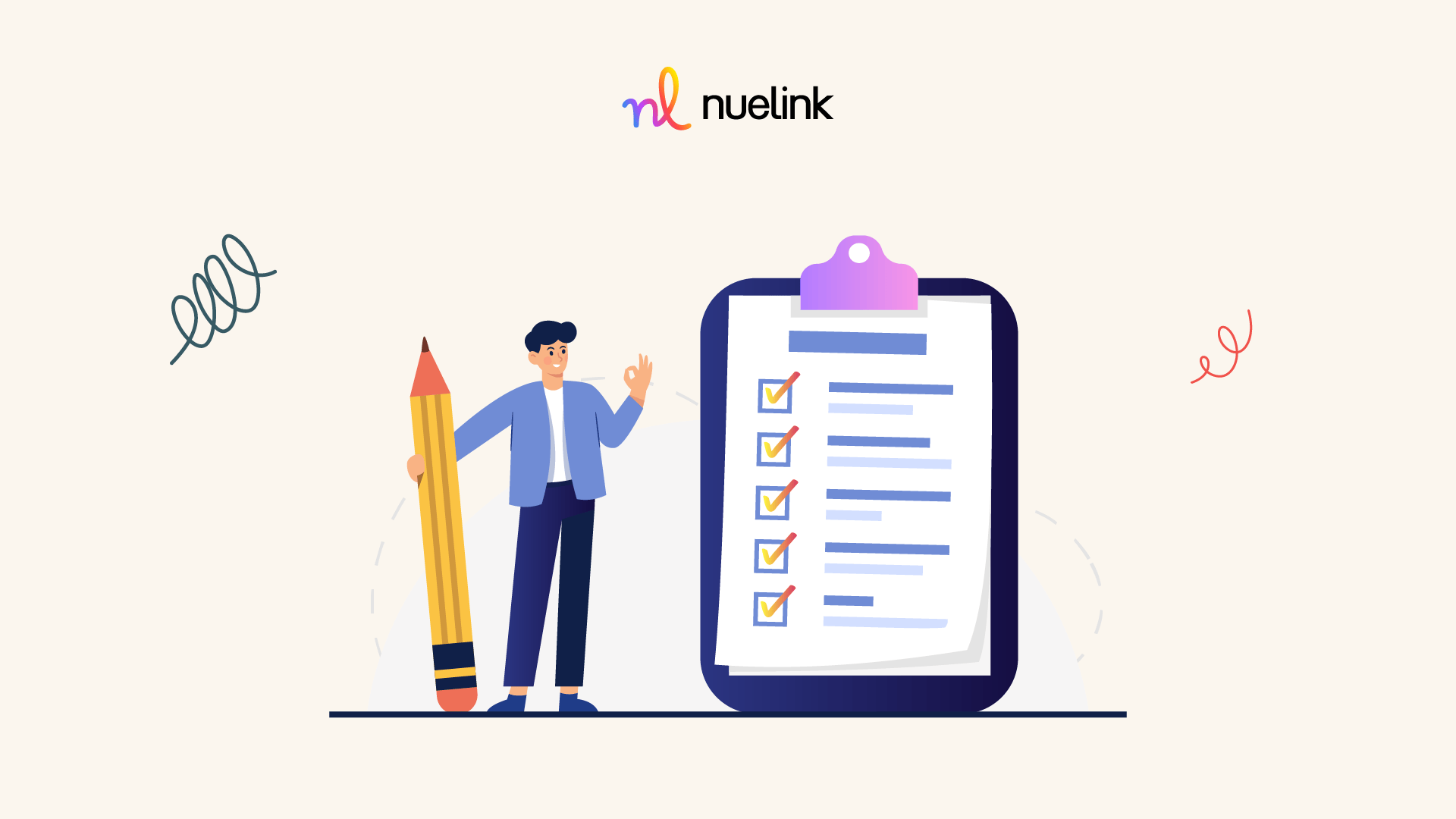
To qualify for an invitation to the program on Facebook, creators must be at least 18 years old and comply with Facebook's Partner Monetization Policies and Content Monetization Policies. These policies are designed to ensure that the content aligns with Facebook's standards for partner and content monetization.
Upon receiving an invitation, creators are then required to undergo an onboarding process. This process involves accepting the terms of use and providing necessary payout details. Once this onboarding is completed, creators gain access to the program and can start monetizing their Facebook content.
Currently, Facebook has not disclosed extensive details about the Performance Bonus program, there are not many details out there. One notable piece of information is that there was a maximum income threshold of $30,000 for up to 3,000 qualifying posts, however, Meta has recently removed this cap and you can now, technically, earn an infinite amount of money from the program.
It's also worth noting that payout may differ based on location, adding an element of variability to the program. So, keep this in mind.
How Does the Performance Bonus Program Work?
Earnings within the program are determined by metrics related to post engagement, encompassing views, comments, reactions, and shares. However, the specific impact and value of each metric remain unknown, leaving creators with uncertainties about the individual impact of each metric on their earnings.
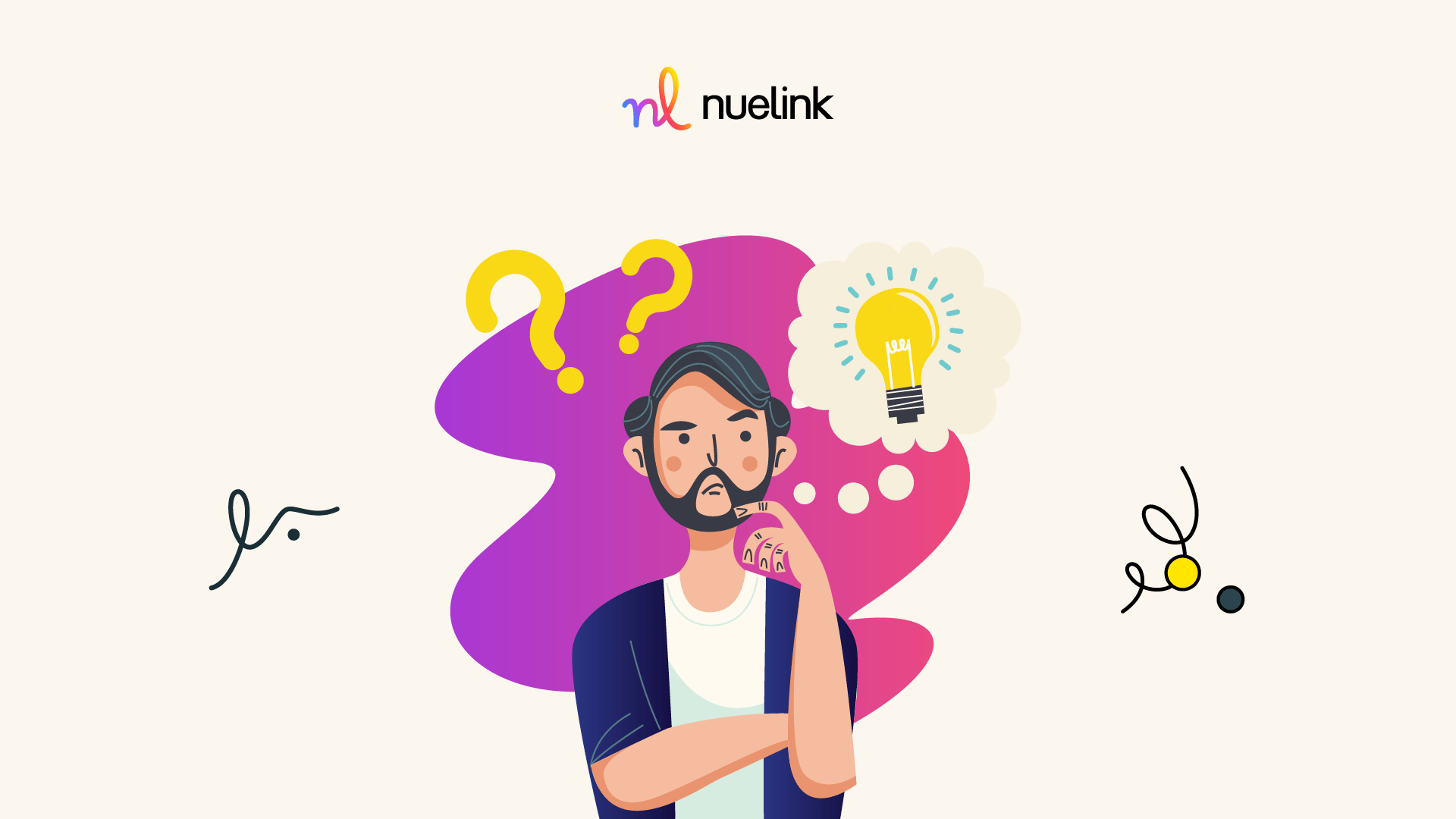
At first, creators in the program were predominantly those with substantial follower counts, often exceeding 100,000 in the USA. However, as of late, smaller accounts have been invited into the program. This suggests that the Performance Bonus is expanding to include a broader spectrum of creators in the USA, marking a shift towards inclusivity.
The earnings period is set at 30 days, and creators appear to be automatically renewed for another 30 days after the period concludes. This renewal mechanism adds a layer of continuity to the program, ensuring ongoing opportunities for creators to earn based on their post-engagement metrics.
How Much Can You Earn on the Meta Performance Bonus Program?
While the allure of the enticing Performance Bonus program may be strong, the underlying reality paints a less appealing picture.
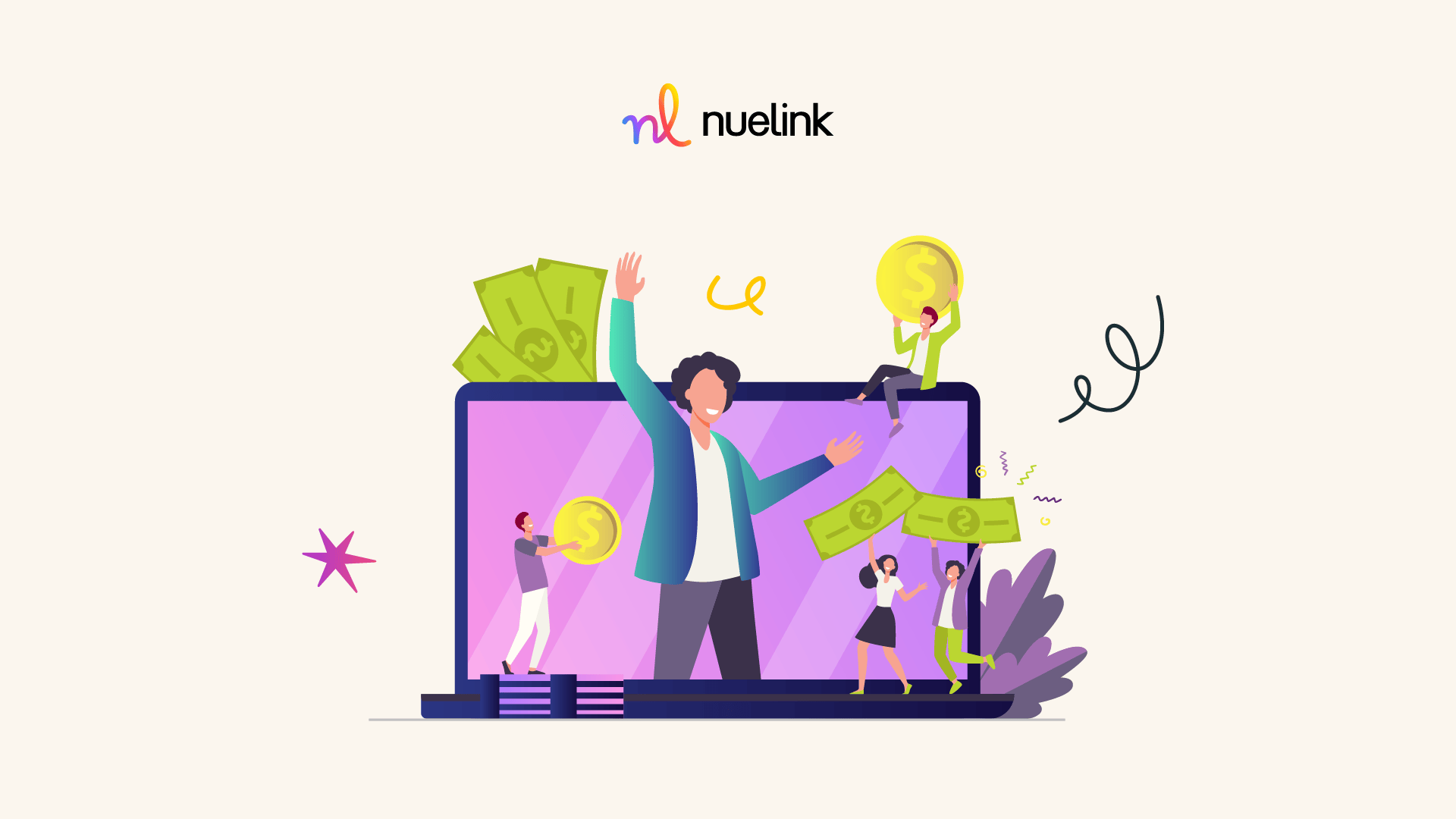
Despite creators' efforts and commitment to delivering engaging content, many find themselves earning between $10 and $20 a day. This reality serves as a stark reminder that despite Facebook’s efforts, the lion's share of financial rewards continues to flow towards the already-established and popular creators.
Calculating the potential earnings from the Facebook Performance Bonus program proves challenging, primarily due to the undisclosed importance of metrics such as views, comments, reactions, and shares. The lack of transparency raises questions about whether shares carry the same weight as comments or reactions, leaving creators in the dark.
Given that Facebook emphasizes the inclusion of all engagement metrics in this program, each likely having its unique value, creators are left to test and decide for themselves which metrics matter.
While the promise of the Performance Bonus program is appealing, the small earnings and the lack of clarity regarding metrics means that creators need to approach the program with a realistic perspective.
How Does the Meta Bonus Program Compare to Other Monetization Programs?
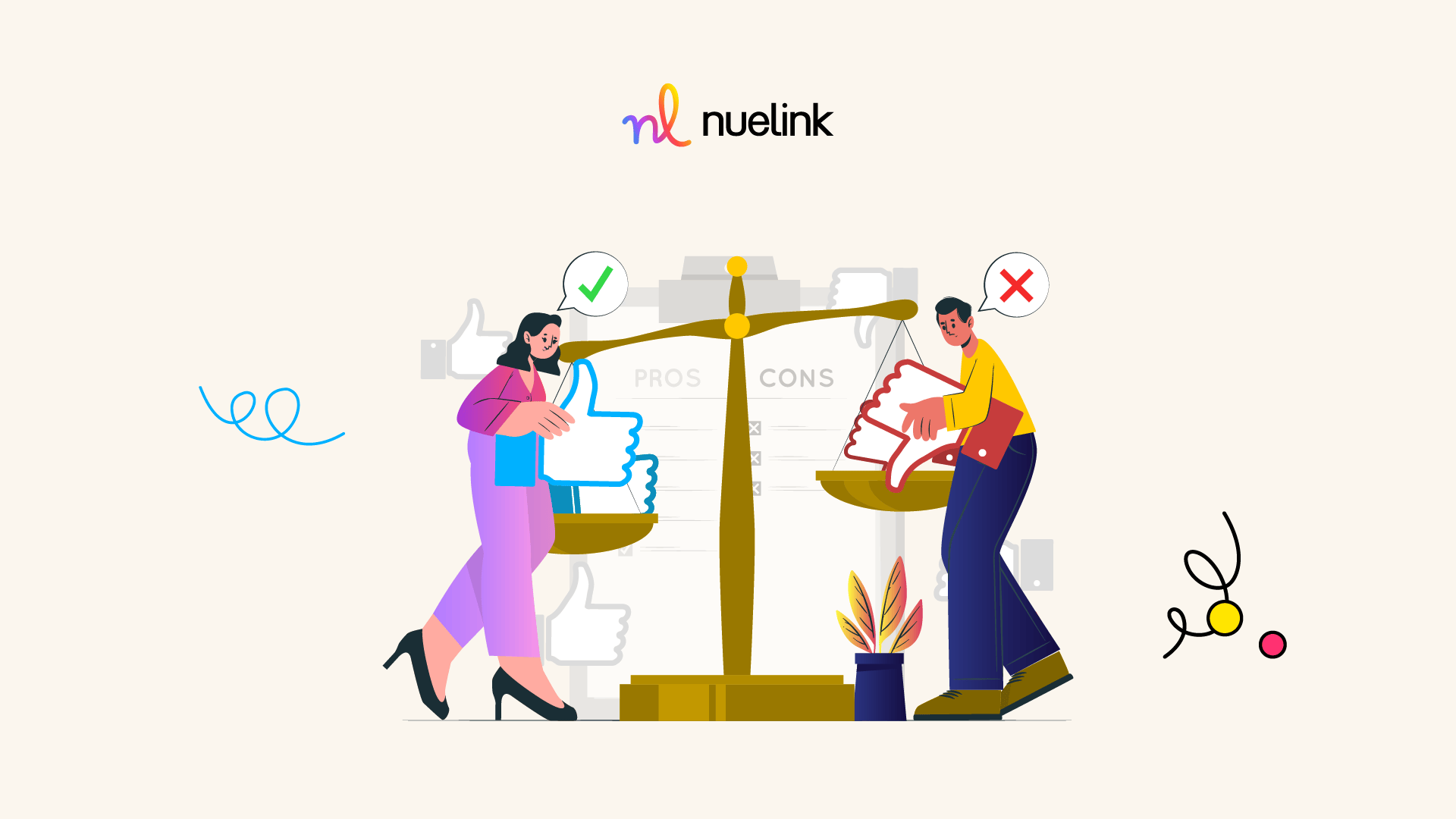
Similar incentive programs at various social media companies have witnessed a gradual reduction in rewards over time. One example is Snapchat, which offered a staggering $1 million per day for popular content featured on Spotlight. However, this substantial amount was reduced throughout 2022, accompanied by the introduction of alternative monetization methods such as its ad revenue sharing, and the Snap Stars Program, which we covered last week, and from the looks of things, it’s very promising.
YouTube, in its attempt to compete in the short-form video space, initially adopted a strategy of offering direct cash payouts to entice creators to produce content for its TikTok counterpart, Shorts. However, it too shifted gears and announced a transition to a revenue-sharing model in the fall of the same year that’s offering creators good compensation for their efforts.
Other major players, including TikTok, are also revamping their approaches to creator funds with a few programs, such as TikTok Coins and the TikTok Creativity Program.
With this in mind, it’s a good time to remind you that you don’t have to settle for just one program. You can play it smart and use a social media management tool, like Nuelink, and get a share from all of these platforms on offer.
These programs, after all, reflect social media's willingness to pay creators for consistently posting on their platforms and recognize their importance.



